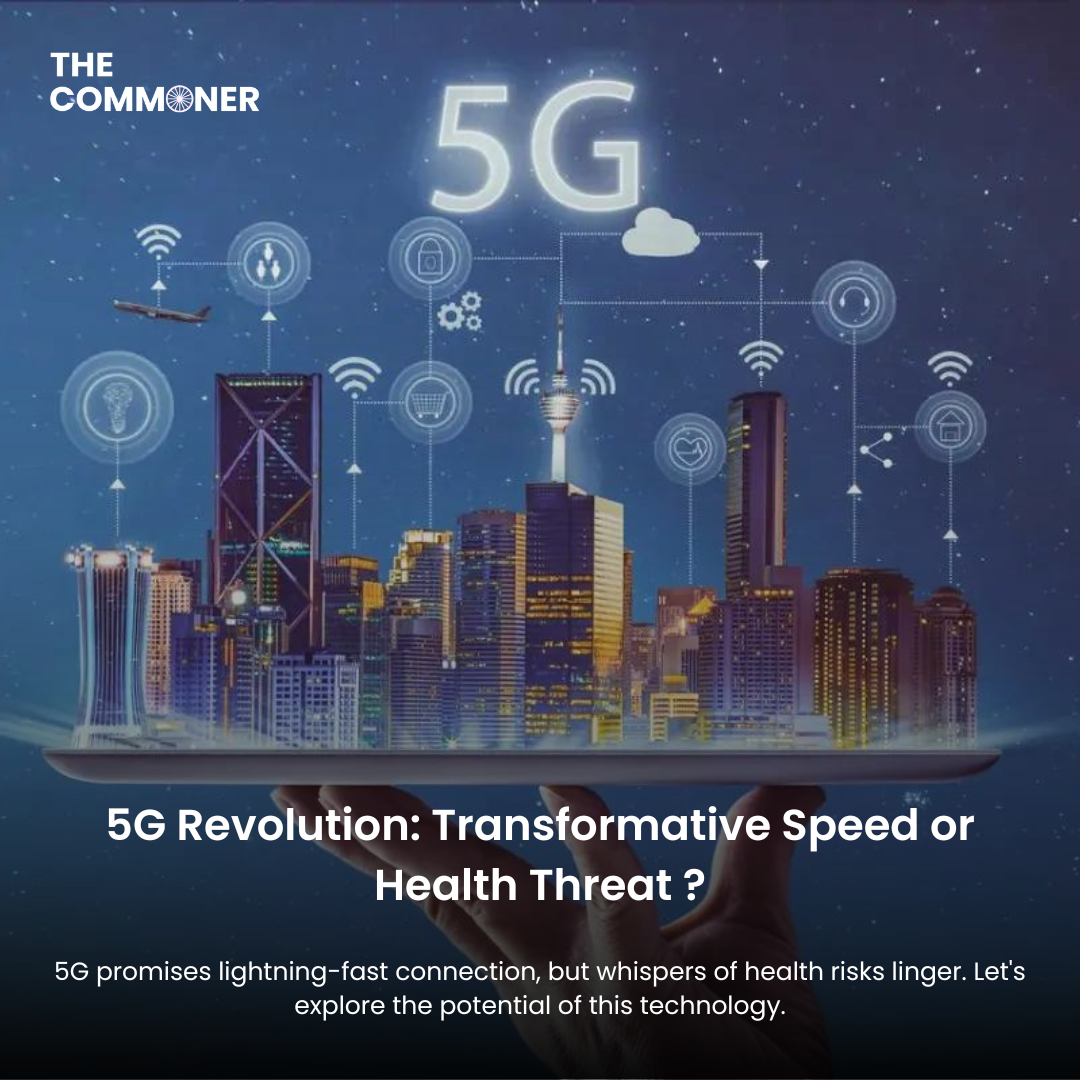The Impact Of 5G: Technological Leap Forward Or Health Hazard?

The impact of 5G technology on business and society
Source: TechFruit
Understanding 5G Technology
5G, or fifth-generation technology, represents a significant leap forward in wireless communications. It promises lightning-fast data speeds, ultra-low latency, and the capacity to connect billions of devices simultaneously. Unlike its predecessors, 5G utilizes higher-frequency radio waves, enabling greater bandwidth and faster data transmission.

Potential Benefits of 5G
Enhanced Connectivity: 5G networks will revolutionize connectivity, enabling seamless communication between devices and supporting advanced technologies like the Internet of Things (IoT) and autonomous vehicles.
Economic Growth: The widespread adoption of 5G is expected to fuel economic growth, creating new opportunities in industries such as healthcare, manufacturing, and transportation.
Innovation: 5G will drive innovation by powering technologies like virtual reality (VR), augmented reality (AR), and artificial intelligence (AI) to new heights, transforming how we live, work, and interact.

Business 5G
Source: Royal HaskoningDHV
Concerns Regarding Health Hazards
Radiofrequency Radiation: 5G operates in higher frequency bands, raising concerns about increased exposure to radiofrequency radiation. Some studies suggest that prolonged exposure to such radiation may have adverse health effects, including an increased risk of cancer.
Electromagnetic Sensitivity: Some individuals claim to experience symptoms such as headaches, fatigue, and insomnia when exposed to electromagnetic fields, raising questions about the potential impact of 5G on sensitive populations.
Lack of Long-term Studies: The long-term health effects of 5G technology remain uncertain, as comprehensive studies on its impact on human health are ongoing and inconclusive.

I heard that the new 5G technology can cause cancer. Is this true?
Source: Cancer Council
Balancing Innovation and Safety
As we navigate the 5G landscape, it is essential to strike a balance between innovation and safety. Regulatory bodies and telecommunications companies must prioritize thorough research and transparent communication to adequately address concerns about potential health hazards.

Mitigating Potential Risks
Regulatory Standards: Governments and regulatory agencies play a crucial role in establishing and enforcing safety standards for 5G technology, ensuring that radiation levels remain within acceptable limits.
Public Awareness: Educating the public about 5G technology, its benefits, and potential risks is vital in fostering informed decision-making and addressing misconceptions.
Research and Monitoring: Continued research and monitoring of 5G’s impact on human health are essential to promptly identify any potential risks and implement necessary safeguards.
Conclusion
5G technology represents a transformative leap forward in connectivity and innovation, offering immense potential for economic growth and technological advancement. However, concerns about its potential health hazards must be addressed through rigorous research, regulatory oversight, and public awareness initiatives.
By adopting a cautious yet forward-thinking approach, we can harness the benefits of 5G while ensuring the safety and well-being of individuals and communities worldwide.

